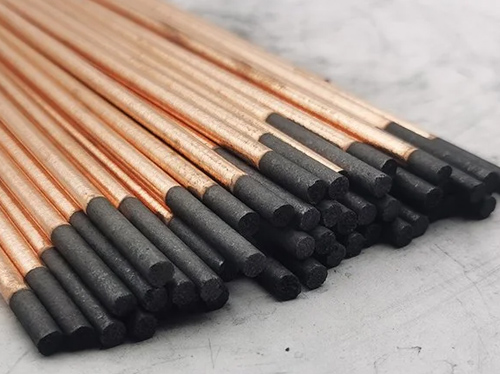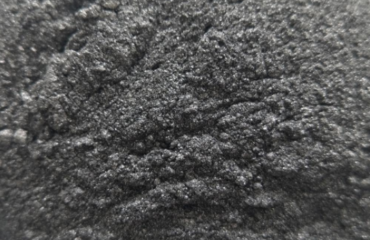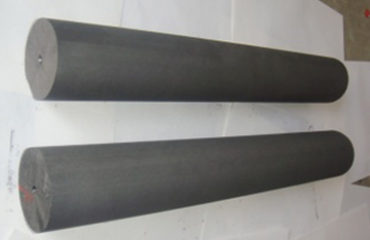
When using Jointed Gouging Rods, the following precautions should be taken:
In terms of safety
Wear protective equipment: Qualified protective goggles or face shields must be worn to prevent splashing slag and strong arc light from injuring the eyes. At the same time, it is necessary to wear fire-resistant and heat-resistant protective clothing, gloves, and foot protection to avoid burns.
Ventilation and Environment: Ensure good ventilation in the work environment, as carbon arc gouging can produce a large amount of smoke and harmful gases. Good ventilation can timely discharge these substances and reduce the harm to human health. At the same time, it is necessary to clean up flammable and explosive materials around the work area to prevent fire and explosion accidents.
Installation of equipment and carbon rods
Equipment inspection: Before use, a comprehensive inspection of the carbon arc air planer equipment should be carried out, including the power supply, cables, air pipes, etc., to ensure that the equipment has no faults such as leakage or air leakage, and that all components are firmly connected.
Carbon rod installation: When installing connected carbon rods, it is necessary to ensure that each section of the carbon rod is tightly connected and concentric to avoid looseness or eccentricity, which may affect the air planing effect and the lifespan of the carbon rod.
In terms of operation process
Parameter adjustment: Adjust the current, voltage, and compressed air pressure reasonably according to the workpiece material, thickness, and carbon rod specifications. Generally speaking, workpieces with high material hardness and large thickness require higher current and air pressure.
Operation method: Maintain the appropriate angle and distance between the carbon rod and the workpiece, usually between 45 ° -60 °, with a distance of about 3-5mm. During the air gouging process, the speed should be uniform to avoid uneven or shallow grooves caused by too fast speed. If the speed is too slow, it may cause excessive consumption of carbon rods or overheating deformation of the workpiece.
Maintenance and upkeep aspects
Equipment maintenance: Turn off the power and air supply of the equipment in a timely manner after use, regularly clean, lubricate, and inspect the equipment to ensure that it is in good condition.
Carbon rod storage: Unused connected carbon rods should be stored in a dry and ventilated place to avoid moisture and oxidation, which may affect their performance for future use.


